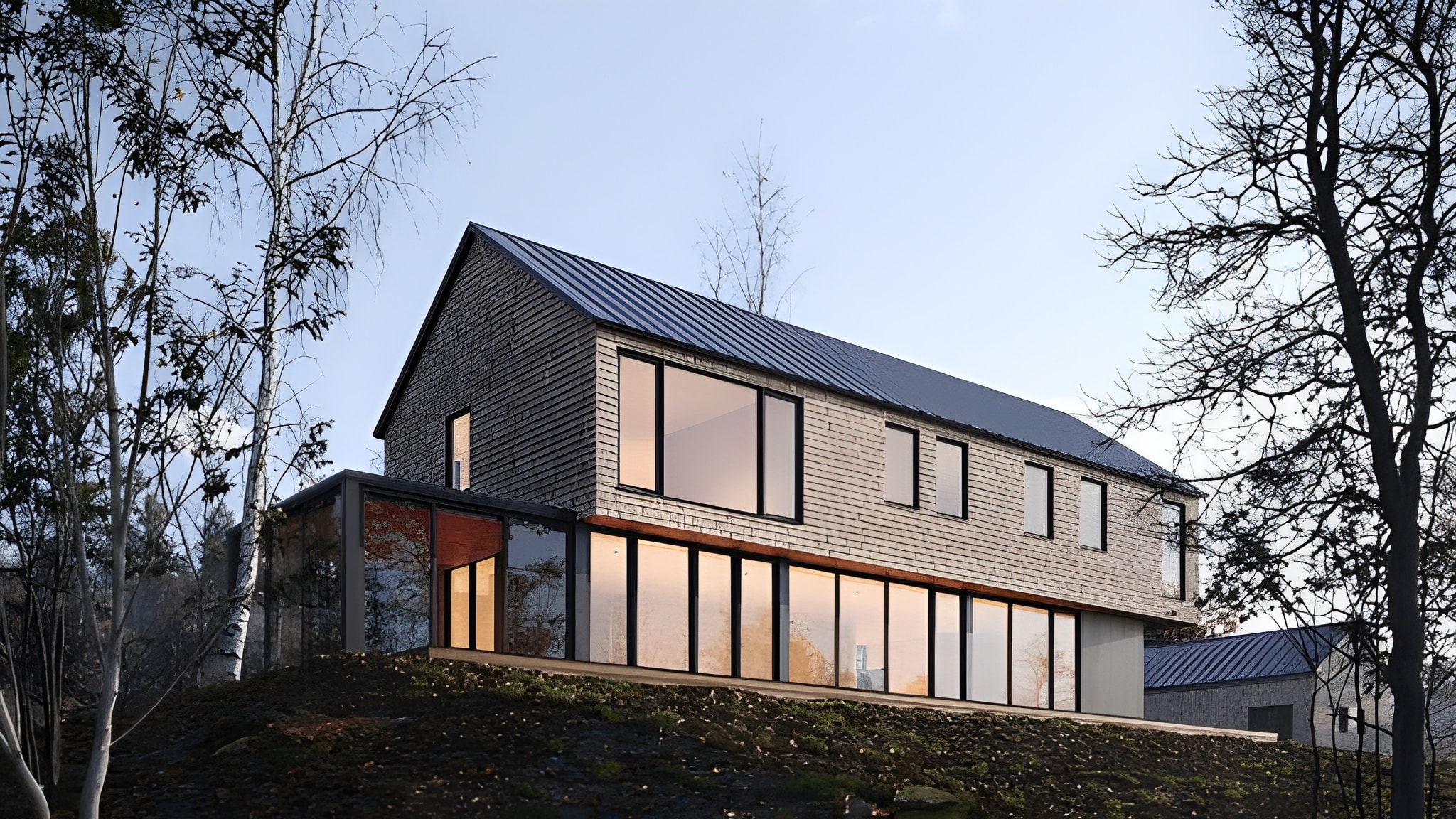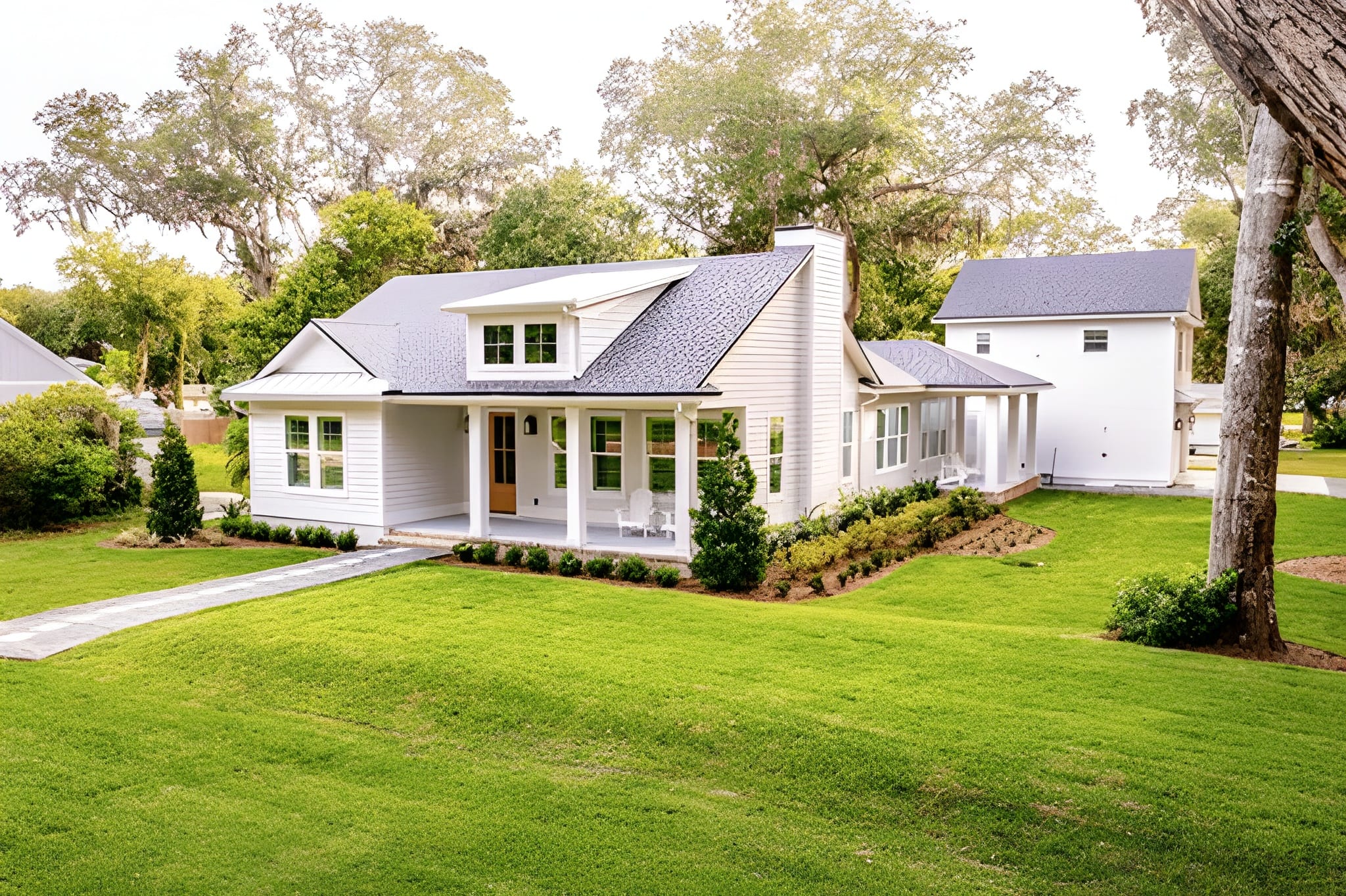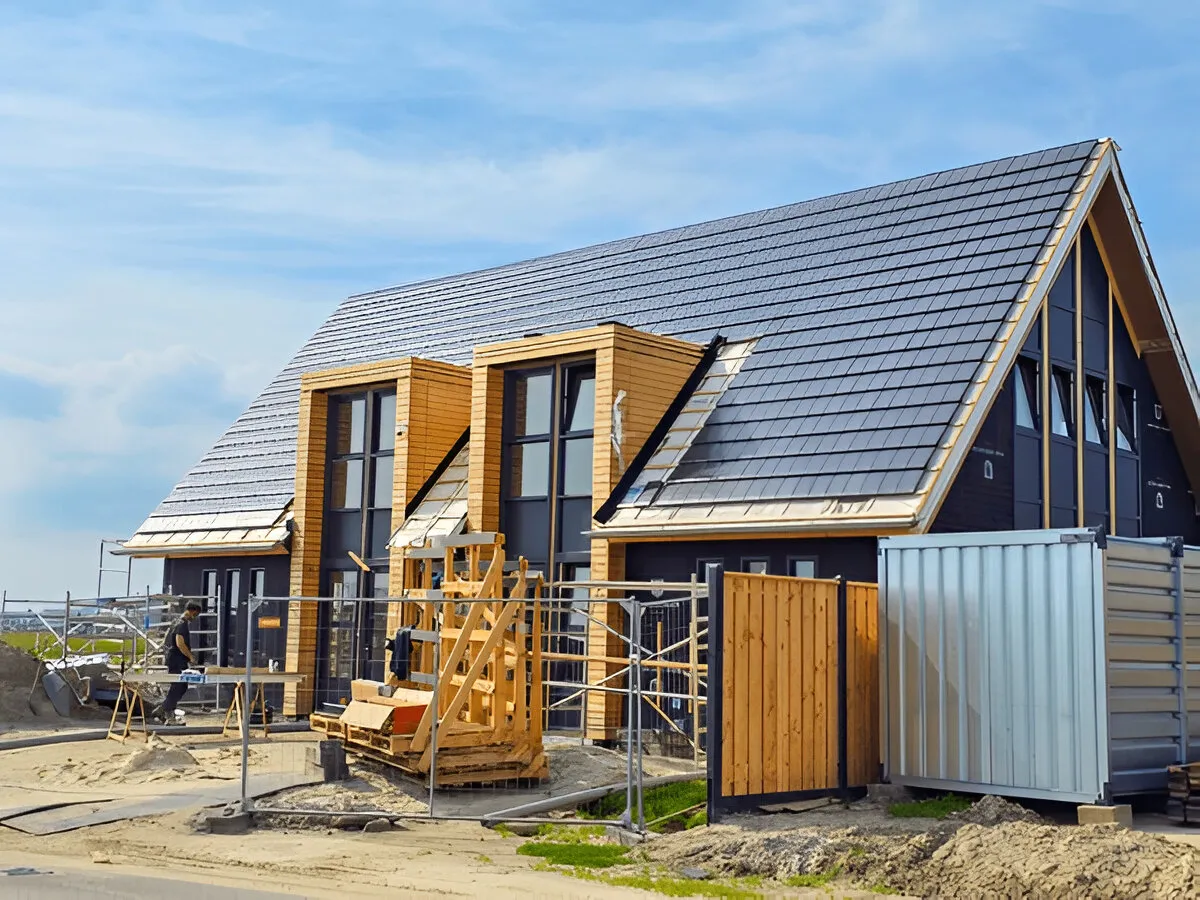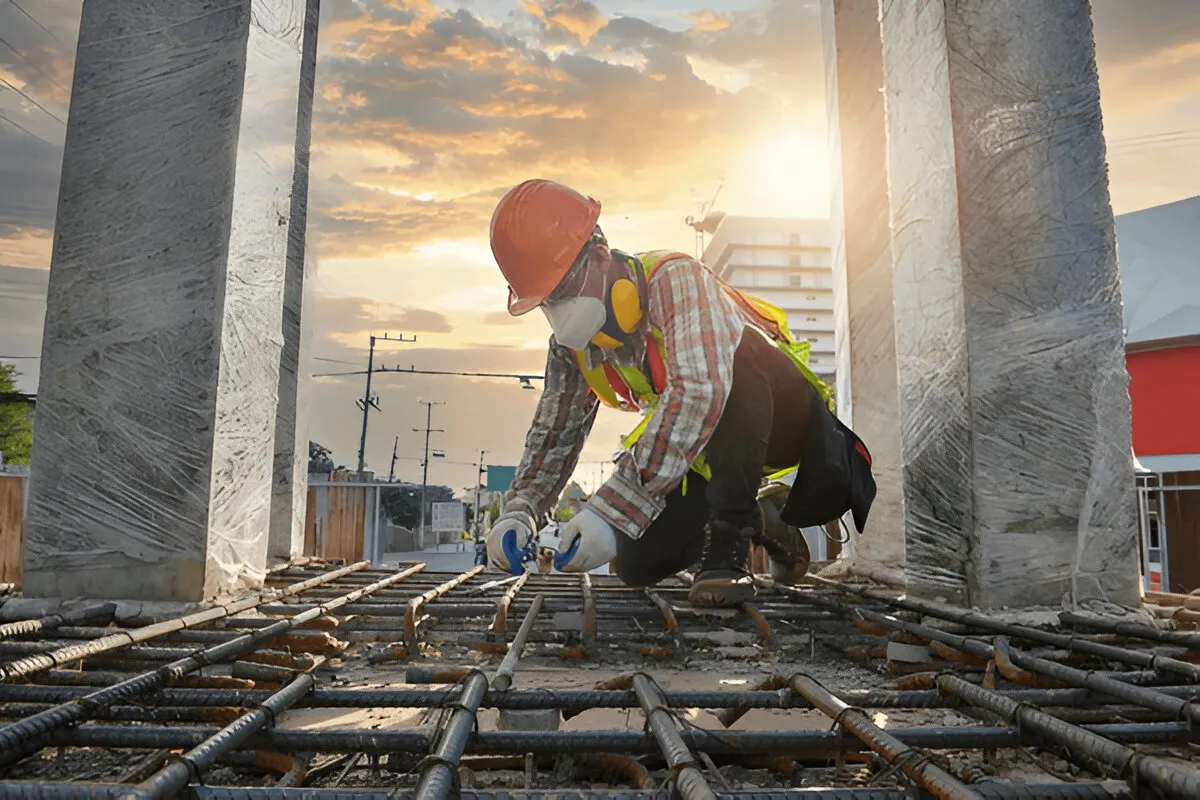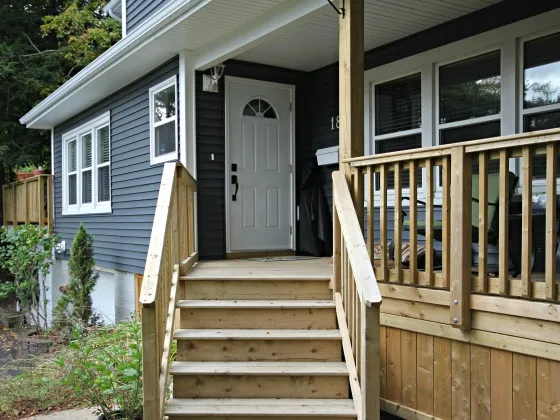Are you looking for guidance with home addition planning? Not sure about where to start with adding more room to your home? There’s nothing to worry about. Planning a home addition can help you get the extra space you need while also improving how your home looks and feels. Whether you want a bigger kitchen, a new bedroom, or even a second floor, having a clear plan makes the process go smoother.
This is where this article will be of help.
Below, we discuss how you can start your home addition planning. You will learn about every factor you need to consider, such as budgeting, planning, permits, design, and more. You will also find some common mistakes to avoid, so that your planning process is as perfect as possible. Knowing each step can make the whole project less stressful and deliver an end result that turns out just how you wanted.
Read on to find out how to ensure your home expansion project is a success.
Getting Started with Home Addition Planning
Good planning starts with understanding your personal needs and practical limitations. Taking time to plan clearly will help you save money, avoid common mistakes, and create a space that fits your specific needs.
Assessing the Need for More Living Space
Before you plan a home addition, look at how your existing house is being used. Many homeowners want an extension because their family is growing or their needs are changing. Make a list of reasons why you need more space, like needing another bedroom, a larger kitchen, or a home office. This will ensure the addition involves proper planning.
Think about whether you really need to expand your home or if rearranging current rooms would solve your problems. Sometimes organizing your space or finishing a basement can meet your needs. Weigh the costs and benefits before starting the home extension project planning, since it can be challenging and expensive if not planned right.
Setting Project Goals and Priorities
This is one of the most important steps in planning your home addition. Start by writing down your main reasons for building a home addition. This will help you rank your needs in order of importance.
You can make a table or a simple list to organize your goals:
| Priority | Space Requirement | Purpose |
| 1 | Second bedroom | New family member |
| 2 | Larger kitchen | Family cooking/eating |
| 3 | Extra bathroom | Convenience |
Budget is another top priority. Look at your finances and figure out what you can afford. Set a realistic amount for the full project, including building costs, permits, and unexpected expenses.
Understanding Types of Home Additions
Planning your home addition means considering all the possible ways to add to your home. Popular options include room additions that expand outward, building up with a second storey, or adding a sunroom.
Bump-outs are a way to add just a little more space, maybe for a breakfast nook or office. You could also finish a basement or attic, making unused parts of your home into comfortable living areas. Each option comes with different costs, timeframes, and building rules.
Ask a contractor about what types of home additions fit your house best. They can help you choose a plan that matches your home’s style and structure. This ensures your addition looks good and works well with the rest of your house.
Budgeting, Permits, and Regulations
Planning a home addition in Canada means being prepared to navigate costs, codes, and approvals. As such, you should have a clear understanding of average costs, legal requirements, and the permitting process. This will help prevent delays and unexpected fees.
Establishing a Realistic Budget
Start by estimating the total cost for your home addition. In Ontario, the average home addition costs between $200 and $400 per square foot. Factors that affect your budget include size, materials, complexity, and whether you need to move plumbing or electrical systems. Use detailed quotes from contractors to help predict expenses.
Always include a contingency fund for extra or hidden costs like delays or utility upgrades. Some homeowners use savings, lines of credit, or a home equity loan to help finance their addition.
Navigating Building Codes and Zoning
Your home addition must comply with local building codes and zoning laws. Building codes set the minimum standards for safety, structure, and energy use. Zoning rules focus on things like how close you can build to property lines, how tall the addition can be, and whether your neighborhood allows certain types of additions.
Before drawing up plans, check local zoning rules. Every municipality may have different rules for setbacks, lot coverage, and maximum building height. Not following zoning or local building codes can result in fines, delays, or being forced to change your plans.
Obtaining Permits and Dealing with Your Local Building Department
Most home additions require a building permit from your local building department. Permits ensure your project meets safety and regulations and building codes. Building a new addition can be challenging and even illegal if you do not have the necessary permits.
To get one, submit your plans for approval. You may also need supporting documents, such as surveys or engineering reports. The local building department will review everything for compliance with codes and may ask for revisions if needed.
Allow for permit processing time in your timeline. It can take several weeks, depending on your municipality and the project’s complexity. Always wait for approval before starting any construction to avoid penalties.
Design and Planning Considerations
A successful home expansion starts with strong planning and clear communication with design professionals. Careful choices during the design process help make sure your new living space fits your needs, matches your existing structure, and meets standards for quality and value.
Working with an Architect or Designer
Hiring an expert can help you navigate the design process and spot potential design issues early. These professionals understand how to design your addition so it flows with your current floor plan and meets the legal requirements for your area.
A designer helps you choose the best extension option for your home, whether you want to build an addition onto a house or add a new floor. They can also suggest ways to use natural light and improve your home’s functionality. It is important to work with someone who listens to your needs and takes your style into account.
Ask your architect about their experience with home addition renovation or home addition remodelling projects similar to yours. Review their portfolio to see how they handled challenging sites, slopes, or heritage homes. Clear communication ensures the home addition plans reflect what you want and need in your new space.
Creating and Reviewing Home Addition Plans
The floor plan is a key part of your addition. It shows how the new addition will connect to your home’s existing structure and where rooms, walls, windows, and doors will go.
Make a list of must-have spaces, such as a new bedroom, a home office, or a larger kitchen. Visual aids, such as scaled drawings or 3D models, can help you understand how your home addition renovation will look and function.
Before starting, review plans carefully. Ensure you check dimensions and how each part of the new addition lines up with plumbing (plumb), electrical, and heating requirements. Checking these early helps prevent expensive changes during construction.
Integrating the Addition with the Existing Structure
Blending the new addition with the existing home is important for both looks and structure. Exterior finishes—like siding and roofing—should match or complement what’s already on the house. If you use brick, wood, or other materials, try to find a close match.
From a structural view, the foundation and framing must connect the new space securely to your home’s existing structure. Adding a second storey or extending into the yard can change your home’s balance and support needs. Work with engineers or experienced contractors to avoid future settlement issues.
Inside, match ceiling heights, trim, and flooring where possible to create a seamless look. Plan how new pathways, doors, and stairs will work with the current floor plan. Having clear ideas on addition options goes a long way in ensuring your home addition project is a success.
Designing for Functionality and Value
Think about how you will use your new space when you design your addition. Each room should be sized and located for comfort and convenience. Place bedrooms away from noisy areas and keep home offices in quiet spots with good natural light.
List your needs now and consider how they might change in the future. For the best value, choose features that will appeal to future buyers if you ever decide to sell your home. These features include extra bathrooms, flexible spaces, and improved energy efficiency. Investing in modern insulation, windows, and heating systems often increases returns on investment if you decide to sell.
Hiring Professionals and Managing Construction
Choosing the right contractor, comparing detailed quotes, and staying involved during the construction phase are key steps for a successful home addition. Making informed decisions at each stage helps ensure your renovation stays on time, within budget, and matches your vision.
Selecting the Right Contractor
It is important to select a contractor who is experienced in home additions and renovations. Look for a general contractor who has a proven track record with similar projects, preferably in your area. Start by asking for recommendations from friends, checking with local home improvement stores, and reading online reviews.
Interview contractors and ask about their credentials, past projects, and insurance coverage. Verify that they are licensed and can handle every step of the process, including permits and inspections. A good contractor should communicate well and be transparent about timelines, costs, and any possible delays.
If possible, we recommend you also check references and try to visit previous jobs. Trust and clear communication with your contractor will make your renovation process smoother.
Comparing Quotes from Multiple Contractors
Collecting quotes from multiple contractors allows you to see what is included in each offer. Ask for detailed written estimates that clearly outline the scope of the work, materials, timelines, and any potential extra charges. This helps you avoid surprises during the construction process.
You can use a simple table to track important points across estimates:
| Contractor Name | Estimated Cost | Timeline | Notable Inclusions | Warranty |
| Contractor A | $40,000 | 6 weeks | Painting, permits | 1 year |
| Contractor B | $38,500 | 7 weeks | Flooring included | 2 years |
| Contractor C | $42,000 | 5 weeks | Upgraded windows | 1 year |
Do not always pick the lowest price. Instead, weigh the quality of work, communication, and trust level as well. Take time to ask questions and understand each quote before you decide.
Overseeing the Construction Process
Active involvement is key while your contractor completes the building process. Regularly visit your project site to track progress and make sure the work matches your expectations. Weekly check-ins, by phone or in person, allow you to address problems early.
Be prepared for some disruption, especially if you are living in your home during the renovation. Make sure your contractor handles permits, inspections, and daily clean-up to keep your home safe. Coordinate closely on any big changes so your project stays on schedule and budget.
Common Mistakes to Avoid During Home Addition Planning
One of the most common mistakes is skipping the planning phase. Rushing into construction without a clear design or vision can lead to wasted time, confusion, and surprise costs. Make sure you have detailed plans before any work begins.
Another big mistake is ignoring permits or local building codes. Failing to get the right permits can stop your project, cause fines, or even force you to remove work already done. Always check what regulations apply in your area and get approvals early.
Many homeowners underestimate the total cost. Remember to set a realistic budget and include a buffer for unexpected expenses. It’s important to account for materials, labour, and extra fees like permits or design changes.
For more tips on this, see budgeting mistakes in home additions.
Here are other issues to watch out for:
- Hiring the wrong contractor
- Not considering future needs
- Poor communication with your builder
- Overlooking the impact on home structure
- Forgetting about natural lighting and ventilation.
Frequently Asked Questions
How can I find inspiration and ideas for my home addition project?
You can look through magazines, home improvement websites, and social media for photos of spaces you like. Local builders’ showrooms or open houses are also helpful.
What are some cost-effective strategies for building an addition?
Focus on simple shapes and a design that fits the original structure to avoid expensive changes. Choose finishes that are practical and durable instead of luxury options. You should also try to keep plumbing and electrical work close to existing lines to reduce installation costs.
What should be included in a comprehensive home addition checklist?
Begin with a clear list of goals and needed features for your new space. Include steps like checking local bylaws and permits, hiring a qualified contractor, and creating a realistic budget. Your checklist should also track timelines, material choices, and required inspections.
Is it feasible to undertake a home addition project as a DIY task?
Small projects, like finishing a basement room or drywall addition, might seem manageable if you have the skills. However, building a full addition usually involves permits, structural work, and safety codes. As such, most major additions require licensed professionals, especially for electrical, plumbing, or foundation work.
Conclusion
Planning a home addition is an exciting journey, but it can feel overwhelming without the right guidance. With a solid plan, attention to detail, and the right team by your side, your dream home can become a reality. From managing the budget to choosing the perfect design, every step plays a part in shaping the home you’ve always wanted.
At Case Design/Remodeling Halifax, we understand that every home and family is unique. Our team is here to help make the process easier and more enjoyable, turning your vision into something you’ll love for years to come. If you’re ready to get started and make your home expansion seamless, reach out to us today. Our team will listen to your needs, visualize your dreams, and build exactly what you want!
Call us or send us an email to get started.



